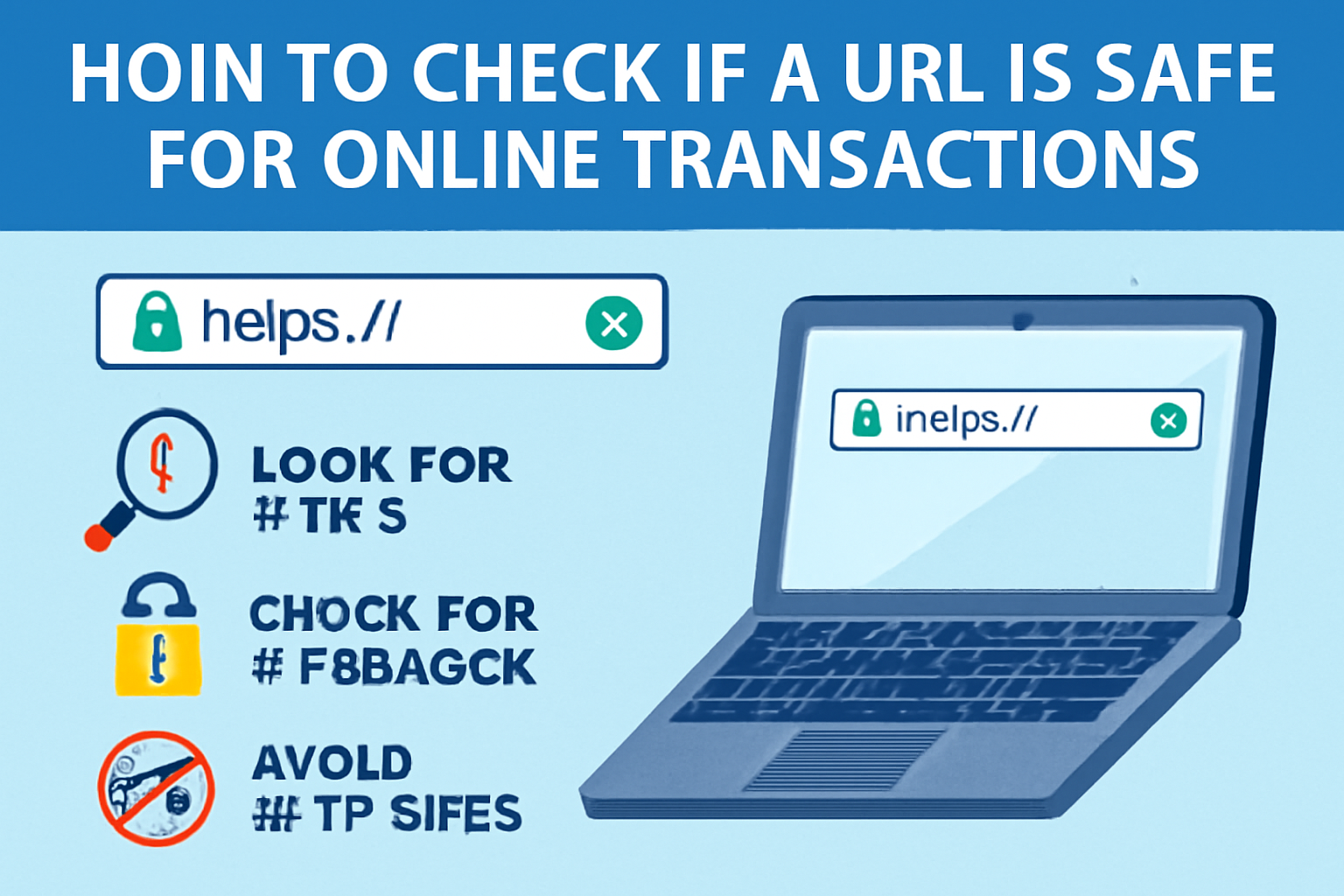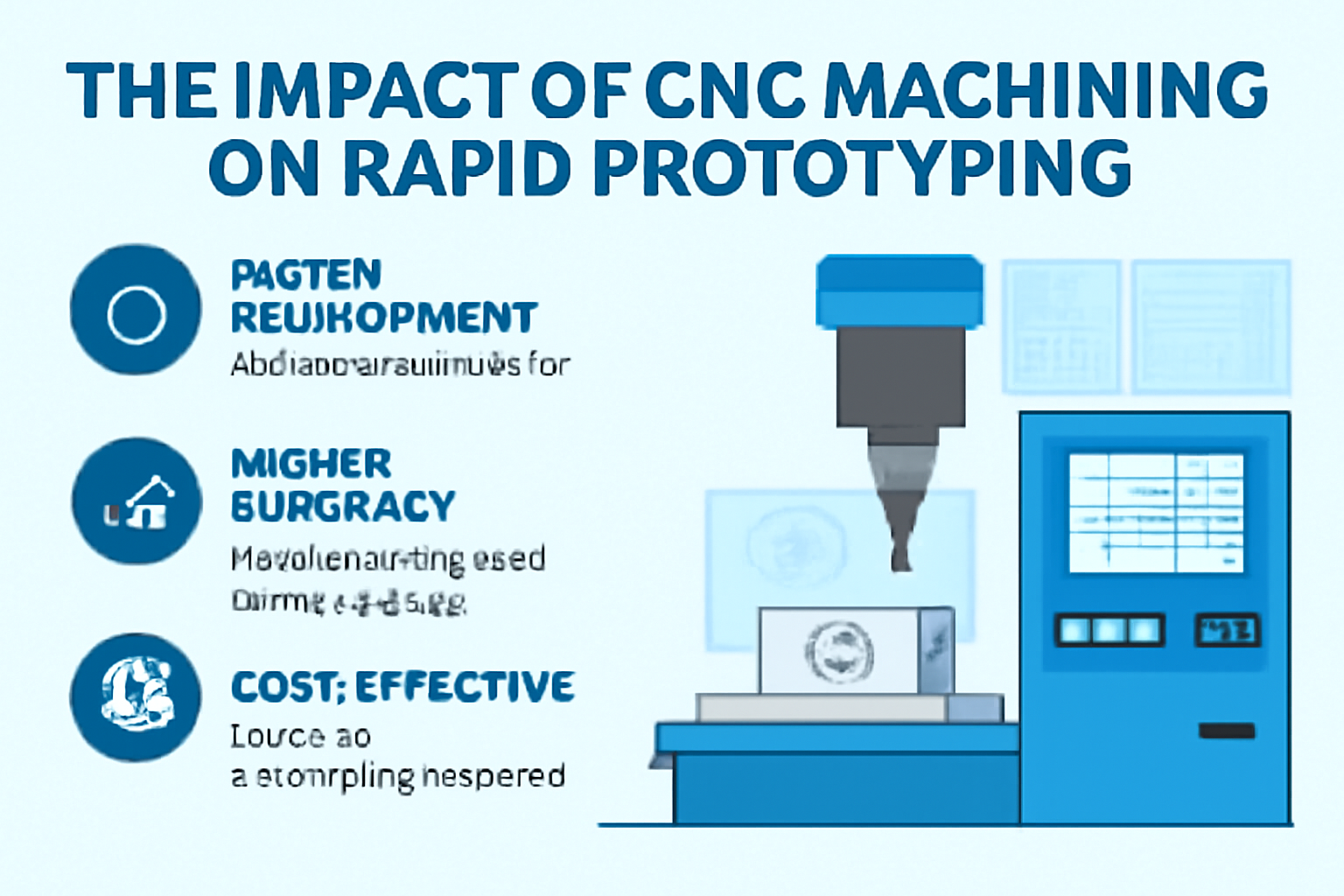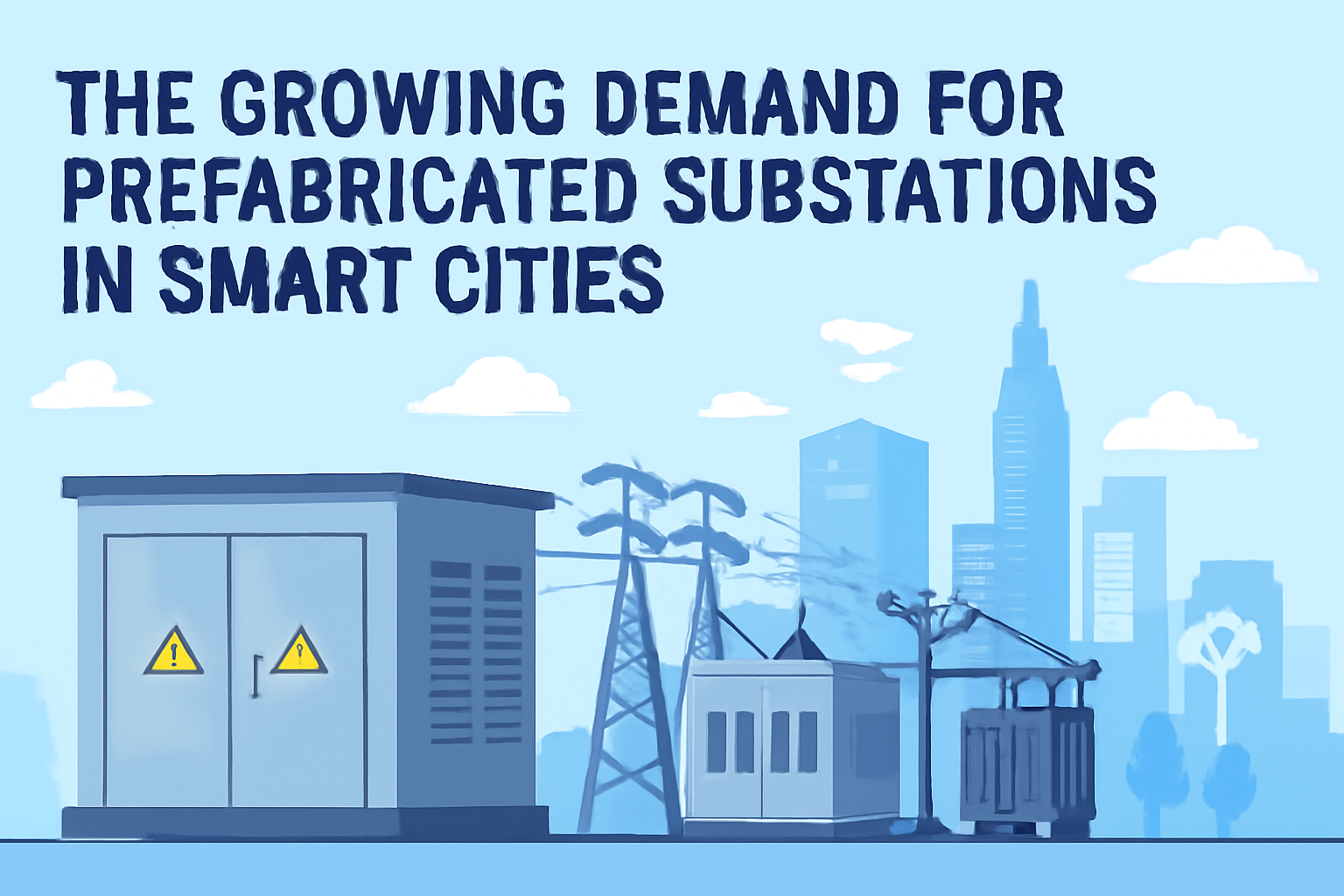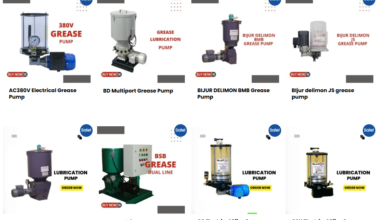Effective Campaign Management: Strategies for Success
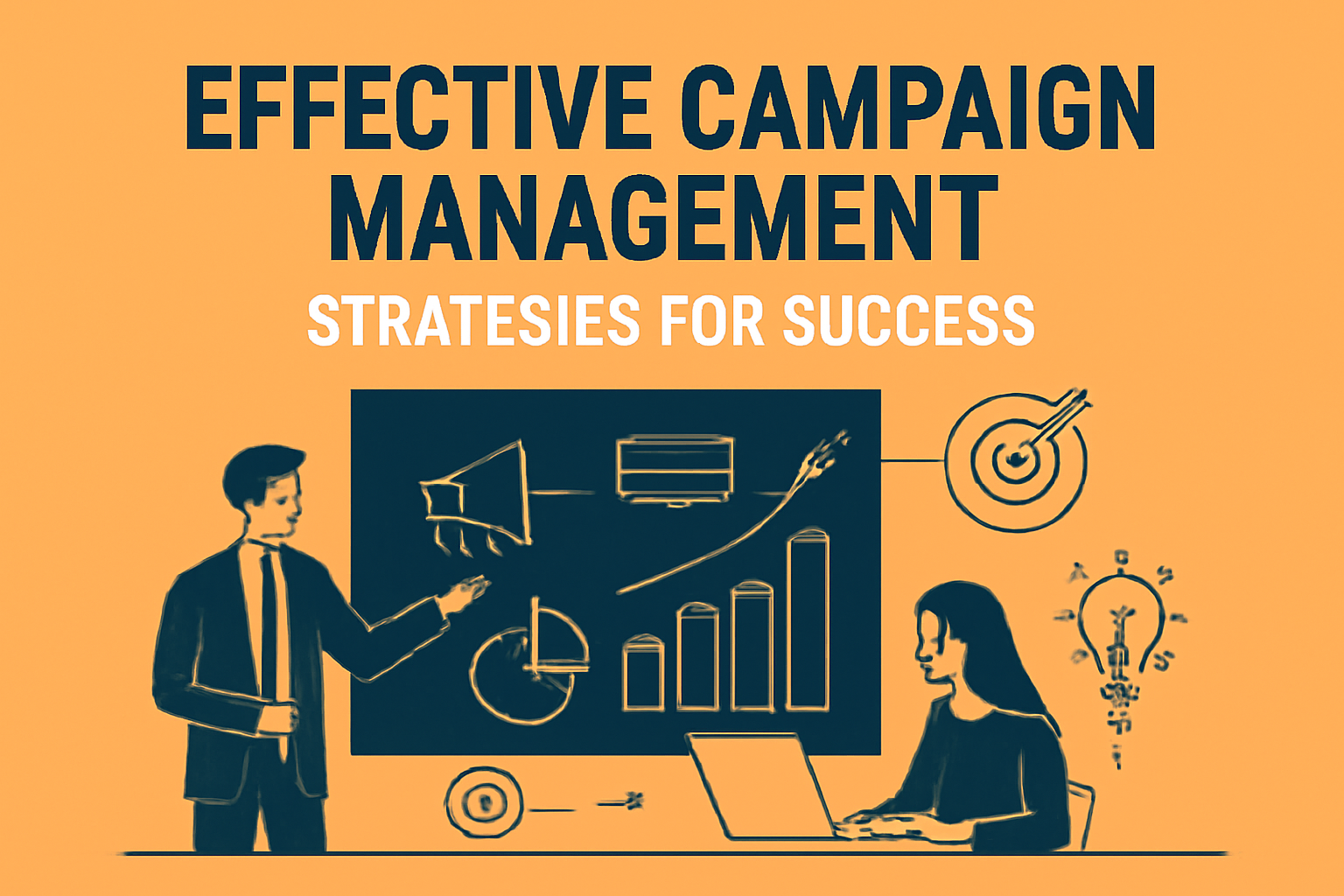
Campaign management is a crucial aspect of any successful marketing strategy. Whether you are promoting a product, a service, or a cause, managing a campaign effectively can significantly impact its success. In today’s competitive market, the key to staying ahead is knowing how to run an organized, targeted, and results-driven campaign. Let’s explore some essential strategies that can ensure your campaign stands out and achieves its desired outcomes.
1. Define Clear Goals and Objectives
Every successful campaign starts with a well-defined set of goals and objectives. Before launching any campaign, it’s essential to understand the “why” behind it. Ask yourself what you hope to achieve – whether it’s brand awareness, lead generation, sales growth, or customer engagement. Having clear goals not only provides direction but also helps measure the success of your campaign.
Set specific, measurable, achievable, relevant, and time-bound (SMART) goals. This framework ensures that your objectives are realistic and can be tracked throughout the campaign. For instance, instead of setting a broad goal like “increase sales,” refine it to something more specific like “increase sales by 20% in the next three months.”
2. Know Your Audience
Understanding your audience is one of the most critical components of successful campaign management. The more you know about your target demographic, the more tailored and effective your marketing efforts will be. Start by creating buyer personas, which are detailed representations of your ideal customers based on data and insights.
This includes understanding their pain points, needs, interests, and behaviors. Once you have this data, you can design content and messaging that speaks directly to them, improving engagement and conversion rates. Remember, an audience that feels understood is more likely to take action.
3. Plan and Organize Every Step
Effective campaign management requires careful planning and organization. Once you have your goals and audience in place, it’s time to create a roadmap that outlines all the steps involved in your campaign. This includes deciding on the channels you’ll use, the content you’ll produce, and the timeline for execution.
A well-organized plan helps you stay on track and ensures you don’t overlook any important details. It also allows for better resource allocation and time management. Break your campaign into smaller, manageable tasks and assign responsibilities to different team members. This will ensure that everything runs smoothly and nothing slips through the cracks.
4. Choose the Right Channels
Choosing the right channels for your campaign is vital. Whether it’s email marketing, social media, content marketing, paid advertising, or a combination of multiple channels, selecting where to focus your efforts can significantly influence your campaign’s success.
Your audience’s preferences should guide your choice of channels. For example, if you’re targeting younger consumers, platforms like Instagram or TikTok may be more effective than traditional media. Conversely, if you’re targeting professionals, LinkedIn might be the better platform. Make sure to use a mix of channels that best match the habits of your target audience.
5. Create Compelling Content
Content is the backbone of any marketing campaign. To grab your audience’s attention, you need to produce compelling content that resonates with them. This content should provide value, be engaging, and reflect the message you want to convey.
Start by aligning your content with the interests and challenges of your target audience. Use storytelling, visuals, and data to make your content more engaging. Whether it’s blog posts, social media updates, videos, or infographics, make sure your content is well-crafted, visually appealing, and easy to understand. The better your content, the higher the chance of sparking conversations and driving conversions.
6. Set a Realistic Budget
No campaign can succeed without proper budgeting. Setting a realistic budget for your campaign ensures that you allocate resources wisely and achieve the desired results without overspending.
Start by estimating the costs of various components of your campaign, such as ad spend, content creation, software tools, and influencer fees, if applicable. Consider the potential return on investment (ROI) and make adjustments as necessary to ensure your spending aligns with the campaign’s goals. It’s important to have a contingency plan in case costs exceed expectations or additional resources are needed.
7. Leverage Data and Analytics
Data is one of the most valuable assets in campaign management. By tracking key performance indicators (KPIs) such as click-through rates, conversion rates, and engagement metrics, you can gauge the effectiveness of your campaign in real time.
Use analytics tools to collect and analyze data throughout the campaign. This will help you identify trends, spot issues early on, and make necessary adjustments to improve performance. Data-driven decisions are far more effective than relying on gut feelings or assumptions, as they provide clear insights into what’s working and what needs improvement.
8. Test and Optimize
Continuous testing and optimization are critical to campaign success. Before fully launching a campaign, conduct A/B testing on various elements such as headlines, images, calls to action, or even different ad formats. This allows you to determine which version of your content resonates best with your audience.
Once the campaign is live, regularly monitor its performance and adjust accordingly. Optimization is an ongoing process, and small tweaks along the way can yield significant improvements in results. Don’t be afraid to experiment and make data-informed changes to your strategy.
9. Engage with Your Audience
Effective campaign management is not just about broadcasting your message, but also about fostering engagement and building relationships with your audience. Encourage two-way communication by responding to comments, messages, and feedback.
Engage your audience through interactive content like polls, quizzes, and live sessions. This helps create a sense of community and shows your audience that you value their input. Building a loyal, engaged audience can lead to long-term success and increase the likelihood of repeat business.
10. Monitor Progress and Adjust Strategies
Campaign management doesn’t end once the campaign is launched. Regularly monitor the progress of your campaign to ensure it’s staying on track and achieving the desired results. Use analytics tools to track KPIs and identify any areas that need improvement.
If the campaign is not performing as expected, don’t hesitate to pivot and adjust your strategy. Whether it’s refining your messaging, changing the target audience, or shifting to a different marketing channel, flexibility is key. A campaign that is continually optimized will have a better chance of success.
Conclusion
Campaign management is an art that requires a blend of strategic planning, creativity, and data-driven decision-making. By defining clear goals, knowing your audience, planning meticulously, choosing the right channels, creating compelling content, and constantly optimizing your efforts, you can significantly improve the chances of your campaign’s success. Whether you’re running a digital marketing campaign or a traditional one, following these strategies will set you up for better outcomes and a more engaged audience.
Effective campaign management is an ongoing process that requires constant learning and adaptation. Keep analyzing, testing, and engaging with your audience to stay ahead of the curve.
If you’re looking to streamline your marketing efforts, consider the benefits of https://shorterflix.com/.
